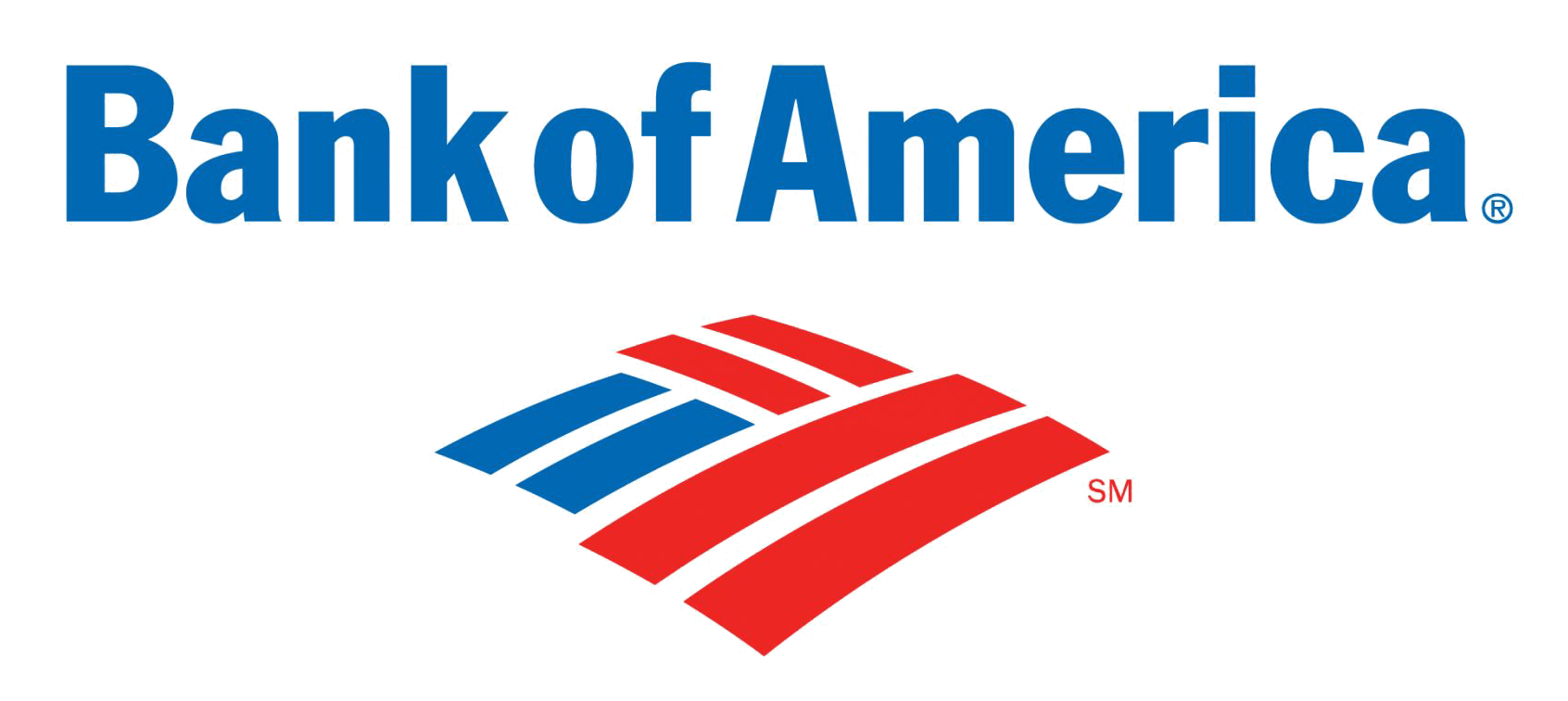
Bank of America (BAC), the second-largest lender in the US, will release its first-quarter earnings on April 16. With the bank's net interest income expected to fall in the first quarter, should investors consider investing in the stock ahead of its earnings? Read on to learn my take.
Bank of America Corporation (BAC) will reveal its first quarter results on April 16. Wall Street predicts a year-over-year decline in the bank's revenue and earnings. In this piece, I've discussed why waiting for a suitable entry point into stocks can be wise.
For the first quarter, BAC's EPS and revenue are expected to fall 17.6% and 3.3% year-over-year to $0.77 and $25.39 billion, respectively. The company has a solid earnings track record, beating the consensus estimate in three of the trailing four quarters.
For fiscal year 2024, BAC expects loans to grow at a low to mid-single-digit percentage rate. After the fourth quarter results, BAC CFO Alastair Borthwick said he expects net interest income to be $100 million to $200 million lower in the first quarter from the fourth quarter of 2023 and possibly weaken in the quarter the second as consumers pay taxes, before improving in the second half of the year.
The Charlotte, North Carolina-based bank's net interest income is expected to reach the upper end of the forecast between $13.90 billion and $14 billion. It expects expenses to be between $700 million and $800 million higher than the fourth quarter of 2023. BAC shares have fallen 0.5% over the past month and have gained 33.1% over the past six months.
Here's what you might want to consider before the next earnings release:
Mixed finance
BAC's total income, net of interest expense, for the fiscal fourth quarter, which ended Dec. 31, 2023, decreased 10.5% year-over-year to $21.96 billion. Its net income attributable to common shareholders fell 58.9% year over year to $7.27 billion. The company's net interest income fell 5% during the year-ago quarter to $13.95 billion. Its EPS came in at $0.35, representing a year-over-year decline of 58.8%.
In addition, its provision for loan losses rose 1.1% year over year to $1.10 billion. Also, its total net fees increased by 73% year over year. Net expenses as a percentage of average outstanding loans and leases came in at 0.45%, compared to 0.26% in the year-ago quarter.
On the other hand, its CET1 ratio reached 11.8%, compared to 11.2% in the year-ago quarter. Also, its total loans and leases rose 0.8% year over year to $1.05 trillion.
For the fiscal year ended December 31, 2023, BAC's total revenue, net of interest expense, rose 3.8% year over year to $98.58 billion. Its net interest income rose 8.5% over the year-ago period to $56.93 billion.
On the other hand, BAC's provision for loan losses rose 72.8% year-on-year to $4.39 billion. Its net income attributable to common shareholders fell 4.4% year over year to $24.87 billion. The company's EPS came in at $3.08, representing a 3.4% year-over-year decline. Additionally, its total net fees increased 74.9% year-over-year to $3.80 billion.
Favorable analyst ratings
Analysts expect BAC's fiscal 2024 EPS and revenue to grow 2% and 1.7% year-over-year to $3.14 billion and $100.25 billion, respectively. Its fiscal 2025 EPS and revenue are expected to grow 9% and 2.8% year-over-year to $3.42 billion and $103.09 billion, respectively.
Mixed profitability
In terms of trailing 12-month net income margin, BAC's 28.15% is 18.3% higher than the industry average of 23.80%.
On the other hand, BAC's trailing 0.83% return on total assets is 23.4% lower than the industry average of 1.09%. Its trailing-12-month 9.79% Return on common equity is 10.4% lower than the industry average of 10.93%.
Mixed rating
In terms of non-GAAP forward P/E, BAC's 11.39x is 13.8% higher than the industry average of 10.01x. Its forward Price/Sales of 2.82x is 15.9% higher than the industry average of 2.43x.
On the other hand, its trailing 12-month price/book of 1.07x is 0.3% lower than the industry average of 1.08x.
POWR estimates reflect uncertainty
BAC has an overall rating of C, equal to a Neutral in our POWR Rating system. of POWR Ratings are calculated by considering 118 different factors, each weighted to an optimal scale.
Our proprietary rating system also rates each stock based on eight different categories. BAC has a grade of C for Quality, consistent with its mixed profitability. Its 1.39 beta justifies a C grade for Stability.
It has a C grade for value, which is in sync with its mixed rating.
BAC ranks first out of 9 stocks in Money center banks industry. Click here to access BAC's Growth, Momentum and Sentiment ratings.
end
Wall Street expects BAC's first-quarter EPS and revenue to decline year-over-year. Despite high interest rates, the bank's net interest income (NII) is expected to remain compressed in the first quarter, with net interest margin likely to decline for the fourth time in five quarters. Additionally, an inverted yield curve means BAC is stuck with higher unrealized losses due to low-yielding, long-dated securities.
Despite the weakness in NII, the bank is expected to make significant gains in trading and investment banking due to improved capital markets activity. With inflation climbing, the Federal Reserve is unlikely to cut interest rates in June, meaning interest rates will remain higher for longer. While this means banks can charge higher rates on loans, they will also have to pay more for deposits, which could affect their margins.
Given BAC's mixed financials, valuation and profitability, it might be wise to wait for a better entry point into the stock.
How it works Will Bank of America Corporation (BAC) rise against its peers?
BAC has an overall POWR rating of C, equivalent to a Neutral rating. You can view these A and B rated stocks inside Foreign banks industry: Banco Macro SA (BMA), Banco Santander, SA (SAN), and Bank of Bilbao Vizcaya Silver, SA (BBVA). To explore more buy-rated foreign bank stocks, Click here.
What should be done next?
Discover 10 spread stocks that our proprietary model shows have tremendous downside potential. Please make sure that none of these “death trap“Shares are hidden in your wallet:
Shares of BAC were up $0.17 (+0.47%) in premarket trading on Monday. Year-to-date, BAC has gained 7.05%, versus a 7.81% gain in the benchmark S&P 500 over the same period.
About the Author: Dipanjan Banchur

Since he was in high school, Dipanjani was interested in the scholarship. This led him to obtain a master's degree in Finance and Accounting. Currently, as an investment analyst and financial journalist, Dipanjan has a keen interest in reading and analyzing emerging trends in financial markets.
Post Bank of America (BAC) Braces for Profits – Strategies for Investors appeared first on StockNews.com
